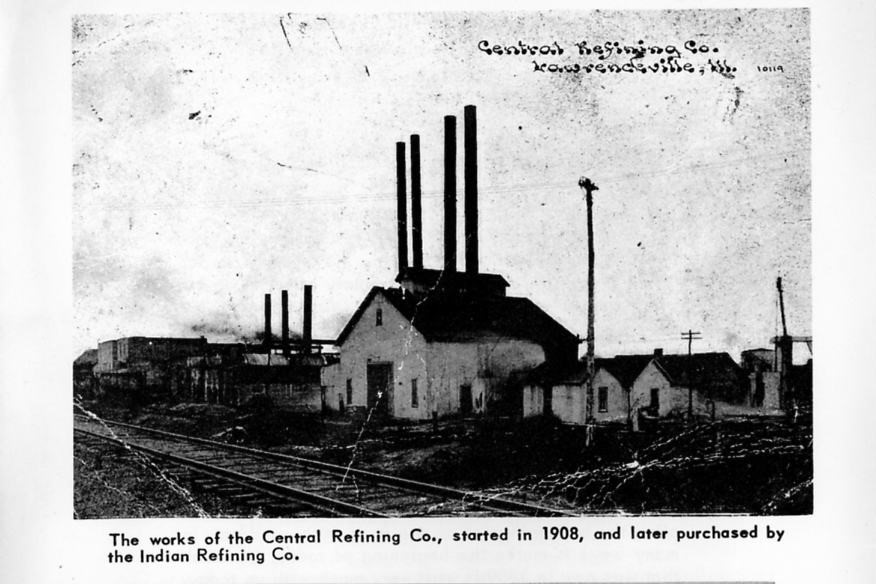Get A Free Legal Consultation
- We fight to maximize your results
- Many clients get results in as few as 90 days
- No out-of-pocket costs for you or your family



Petroleum refineries are a maze of distillation plants, furnaces, reactor units, heat exchangers, tanks, boilers, cooling towers – all interwoven by a network of pipelines, valves, wires, ducts, and pumps. One enormous structure common to many refineries is a catalytic cracking unit (or “cat cracker”), which distills crude oil into gasoline using high temperature heat exchangers, boilers, heaters and pumps.
For years, these structures were treated with high temperature resistant asbestos insulation, gaskets, packing material, and other asbestos building products. Cat crackers and other refinery structures became especially dangerous work sites during routine maintenance shutdowns or “turnarounds,” when asbestos materials were torn out and disturbed, exposing workers, contractors, and their family members.
Workers at refineries, especially during the 1940s through 1970s, were at substantial risk of exposure to asbestos, and should now be exploring their legal options. Call (800) 326-8900 now to see if our asbestos attorneys can help your family secure compensation after a mesothelioma diagnosis. It costs nothing to speak with us.
Because of their experience in such dangerous environments, refinery workers are at high risk for asbestos exposure. The staff at Simmons Hanly Conroy have worked with hundreds of refinery workers at various plants and in various trades, including: engineers, insulators, electricians, general laborers, pipefitters, millwrights, boilermakers, carpenters, welders, foremen, metal workers, and other crafts.
If you or a loved one has been diagnosed with an asbestos-related disease as a result of asbestos exposure at an oil refinery, contact us today to discuss your legal options.
Our clients have worked on staff or as contractors at other various oil refineries across the United States, including:
The Texaco Oil Company Refinery, also known as the Indian Refinery has been linked to asbestos exposure. Some basic facts about the facility include:
Sources: United States (EPA) Environmental Protection Agency; U.S. Department of Commerce. National Oceanic and Atmospheric Administration Program (NOAA) Damage Assessment, Remediation, and Restoration (DARRP); Lawrence County, Illinois Historical Society; The Chicago Tribune: 3/8/1985; Illinois Department of Natural Resources\Illinois Environmental Protection Agency; Moody’s Analyses of Investments
